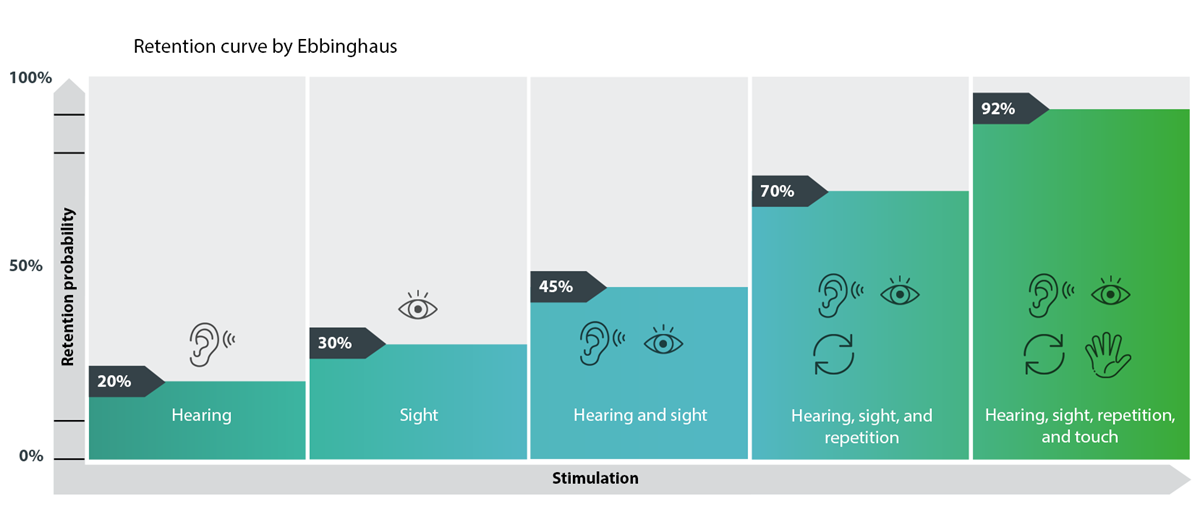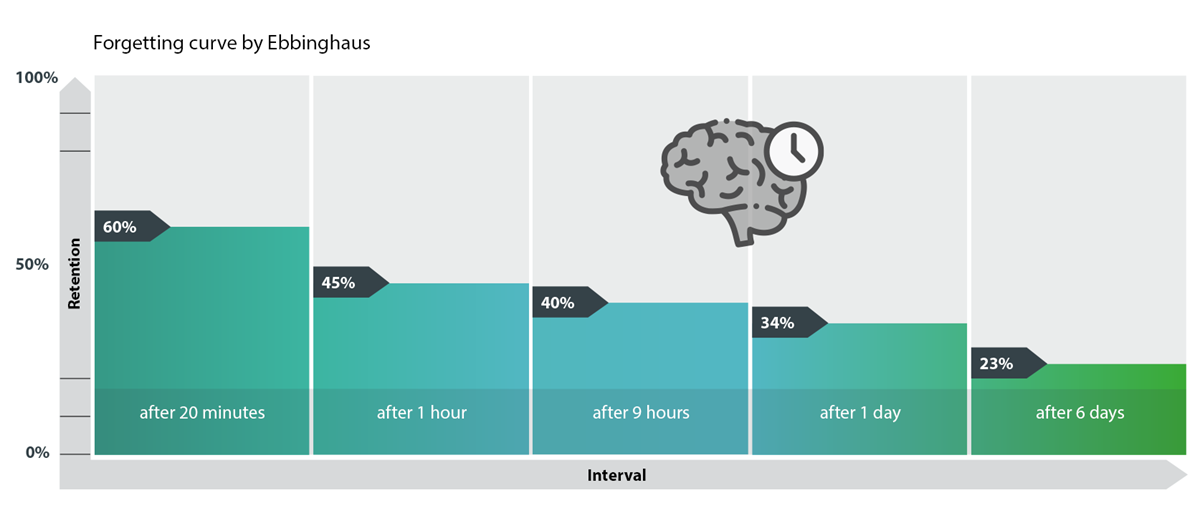10 minutes01/31/2024
writen by Stefan Ganzke
Recently, within a mid-sized company in the chemical industry, About 50 employees are seated in a large training room, being instructed on how to handle hazardous chemicals. As with each of these quarterly meetings, this session is scheduled for four hours. The instructions are conducted by the production management using operating instructions. These are partly read out loud and partly supplemented by PowerPoint slides projected onto the wall. After 60 minutes, the participants' thoughts begin to drift.
The Control of Substances Hazardous to Health Regulations (COSHH) represents a statutory instrument in the United Kingdom. It underscores the obligations employers have to safeguard their workforce, as well as others, from the dangers associated with substances utilized in the workplace. According to Regulation 12, it is mandatory for all workers who may come into contact with hazardous chemicals to receive adequate and appropriate information, guidance, and training.
This article will explain whether this obligation is sufficiently met in the above example, and what more suitable alternative methods exist to ensure the safety of employees in handling substances hazardous to health.






